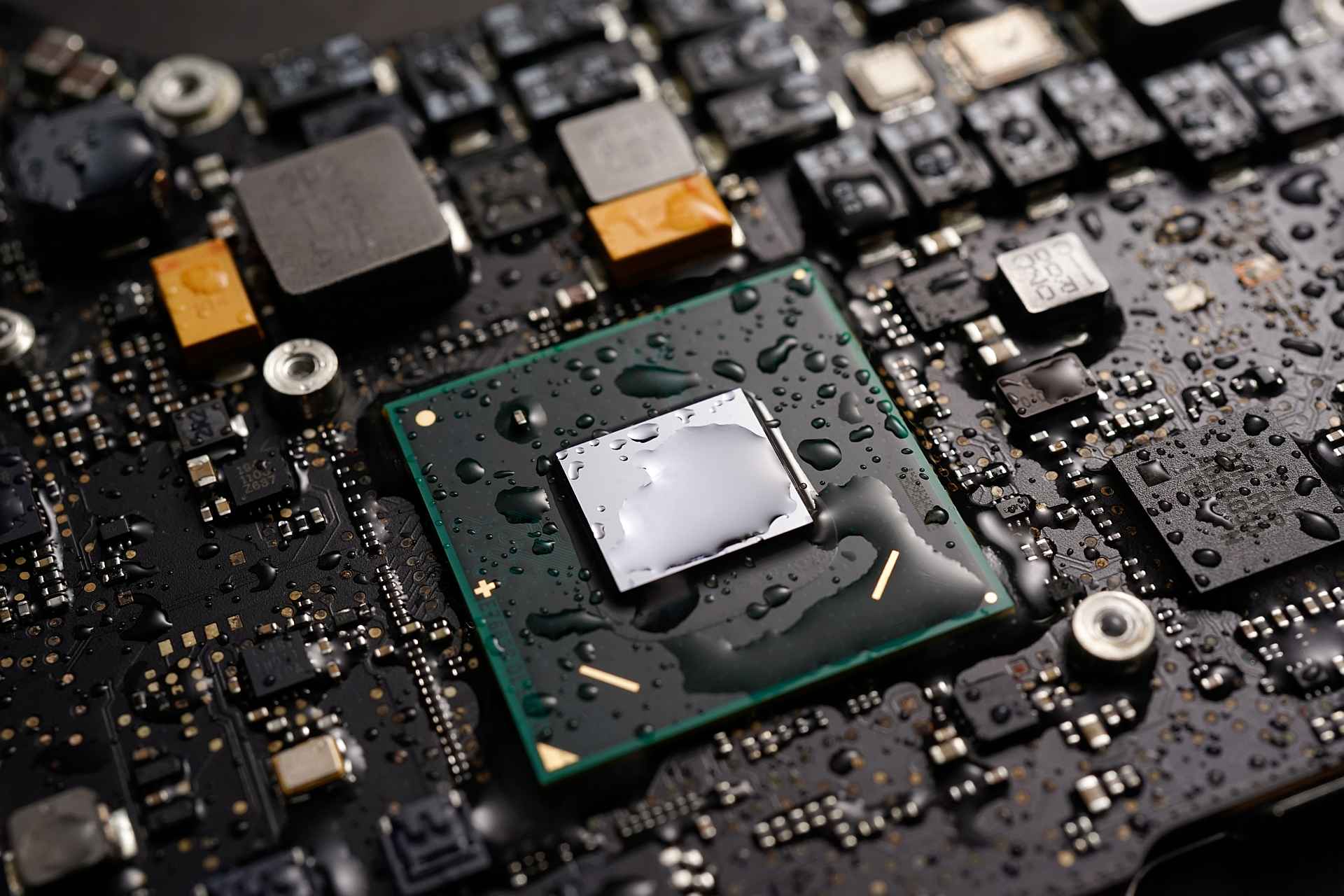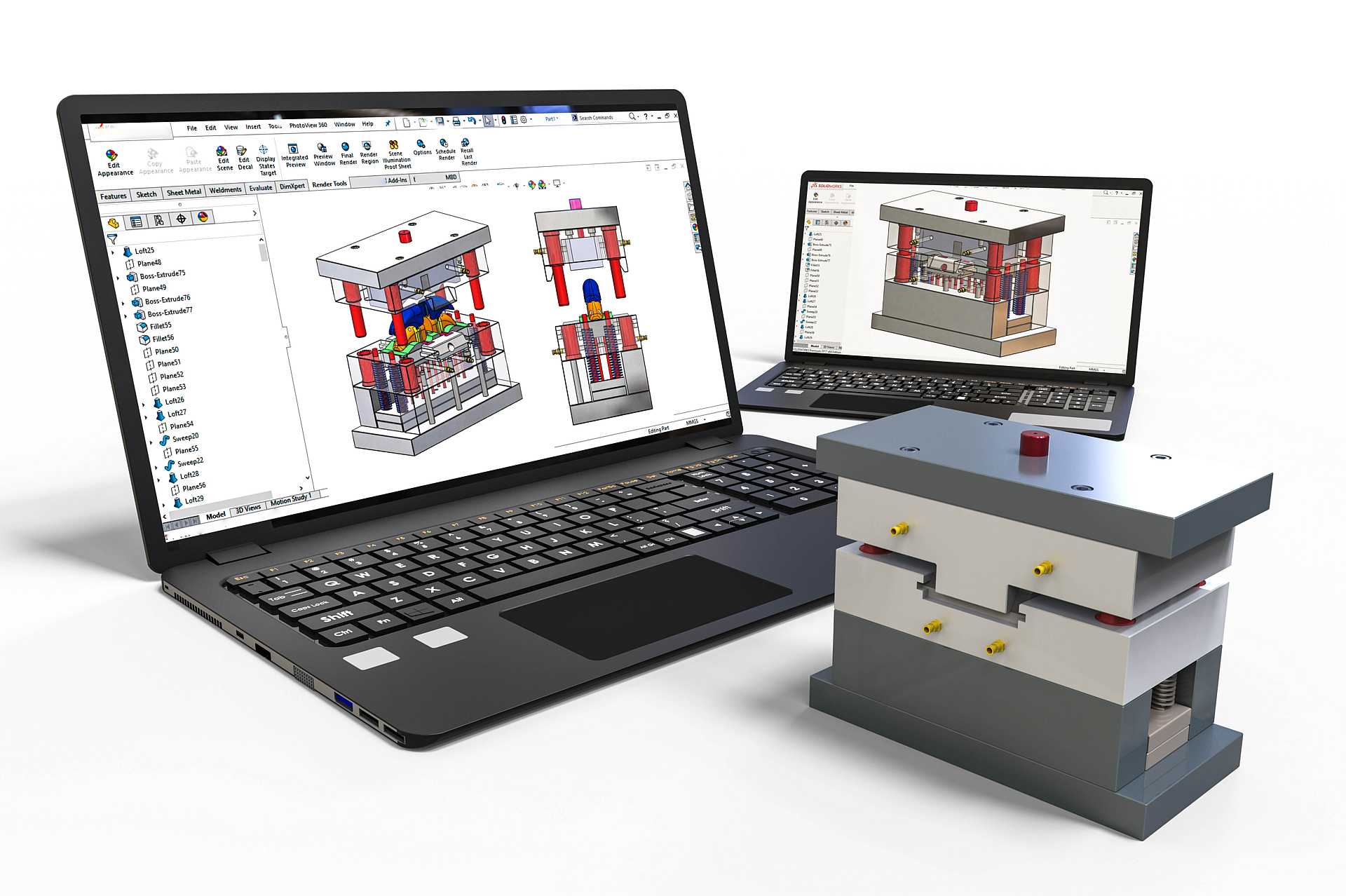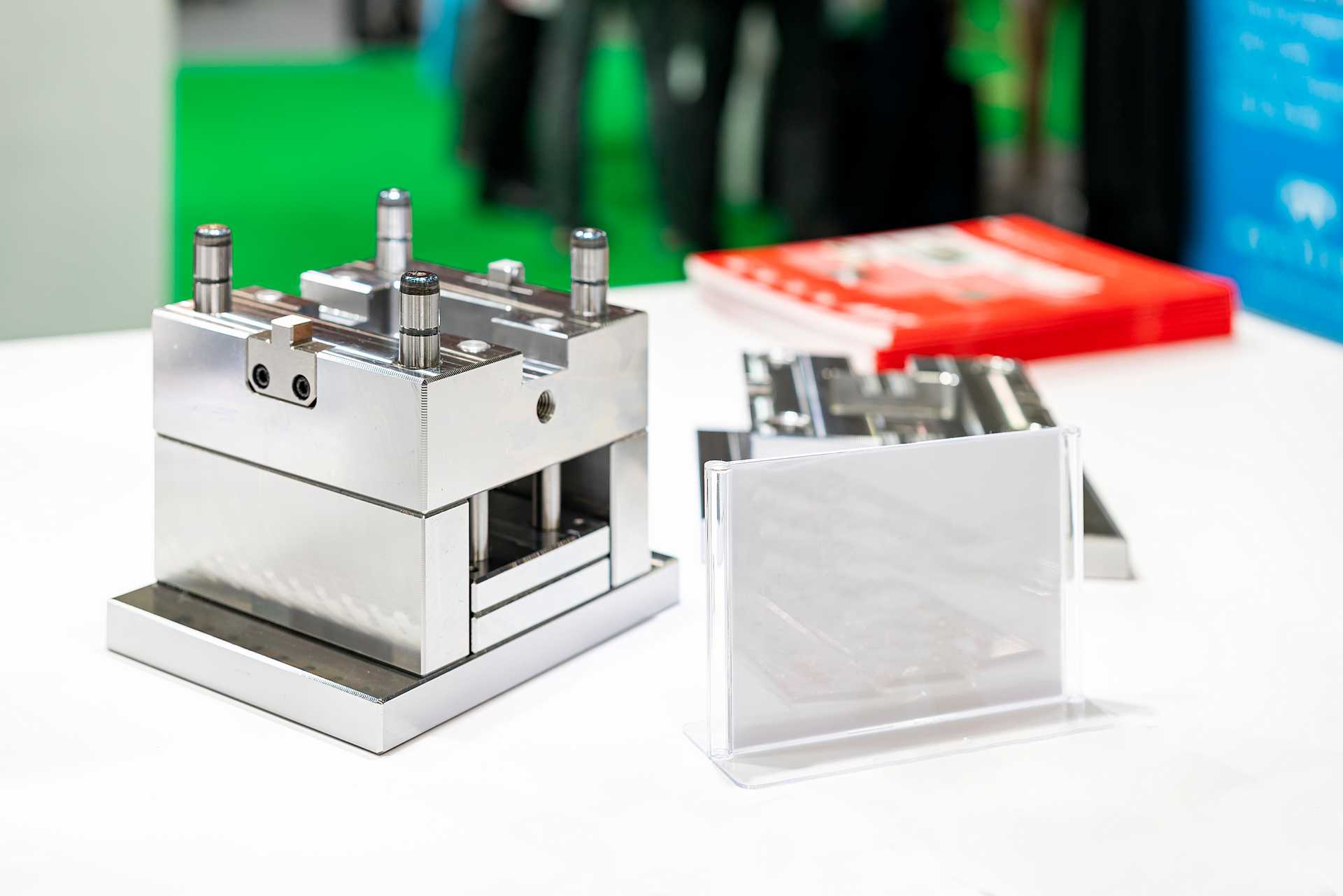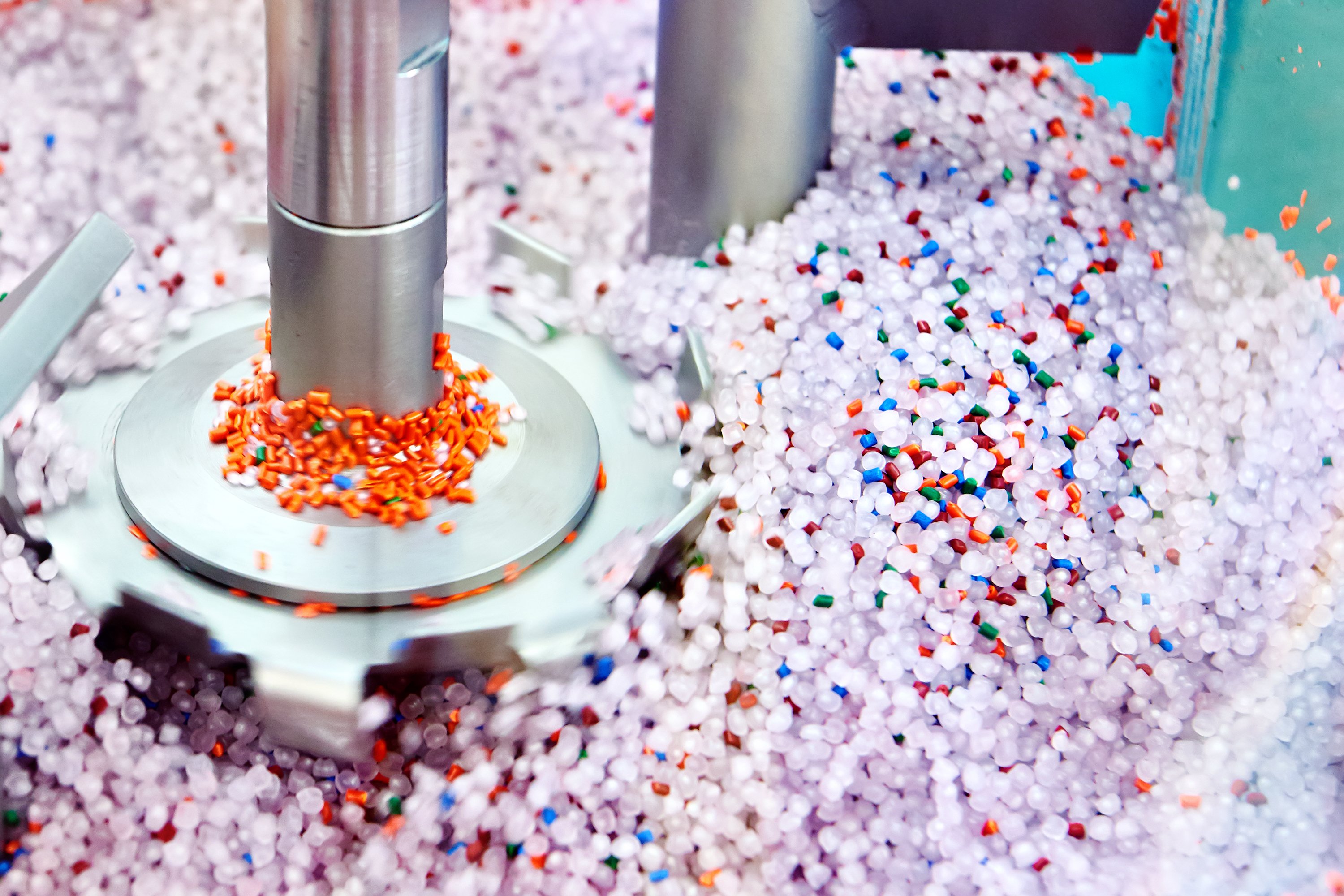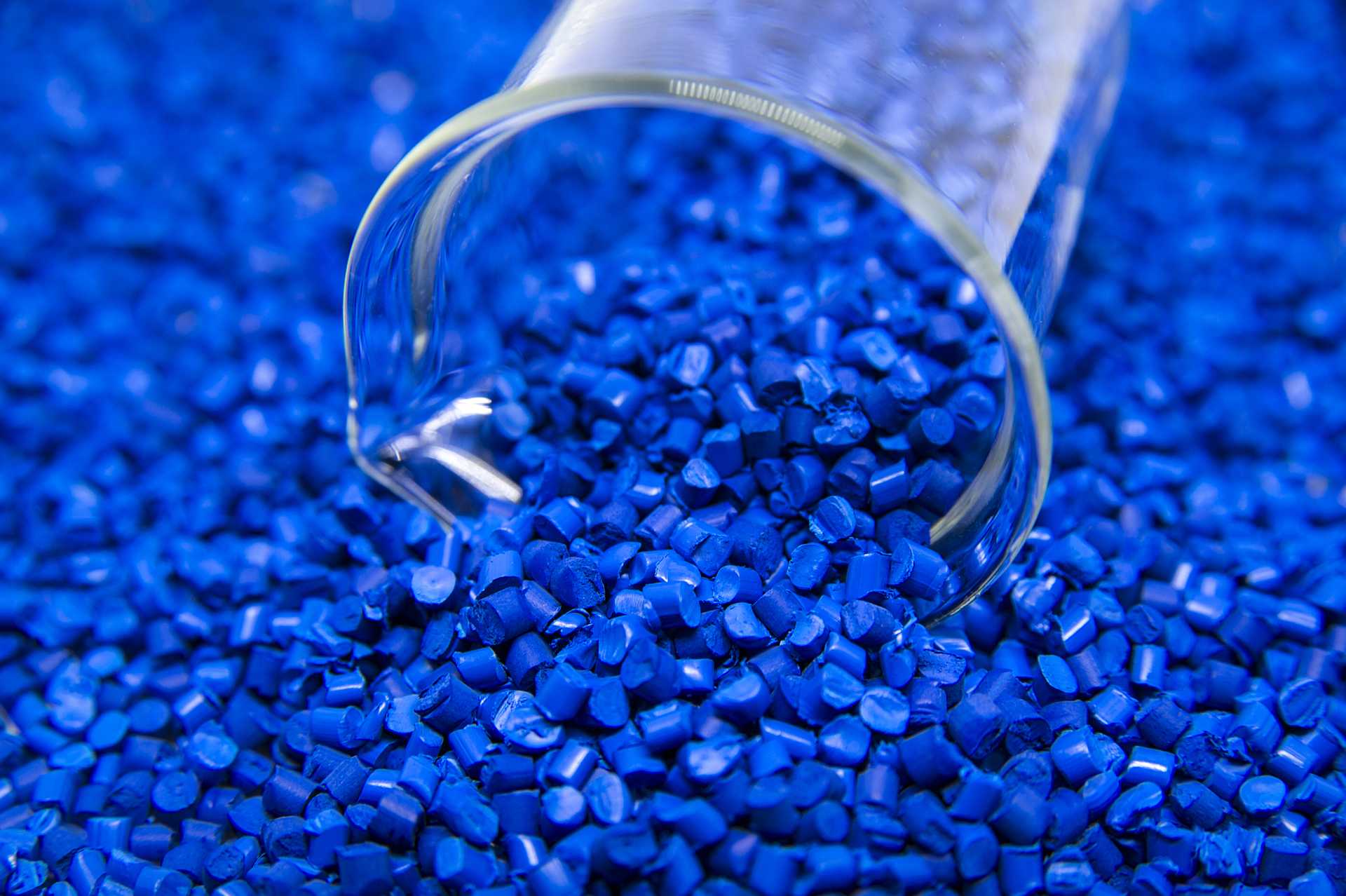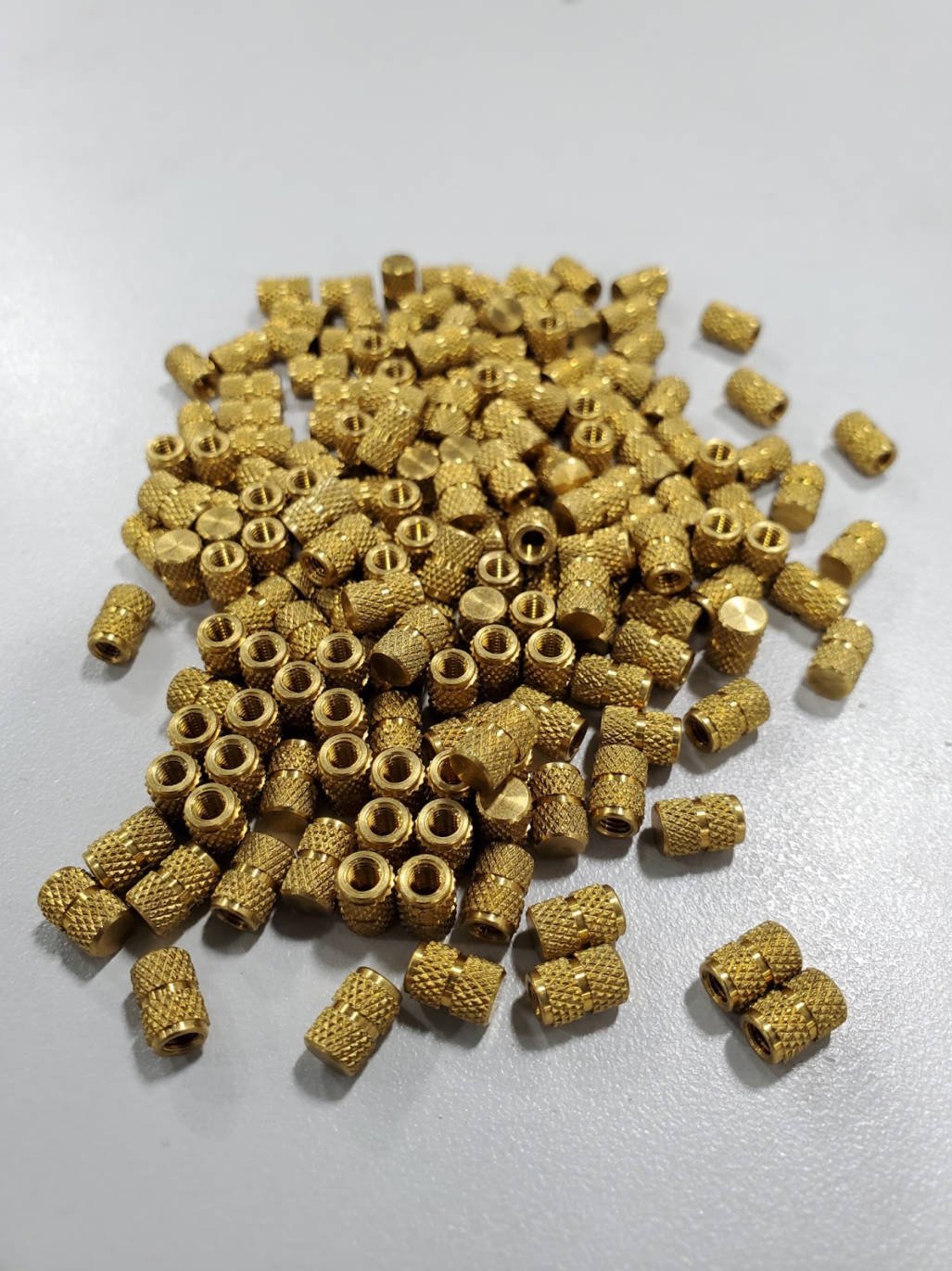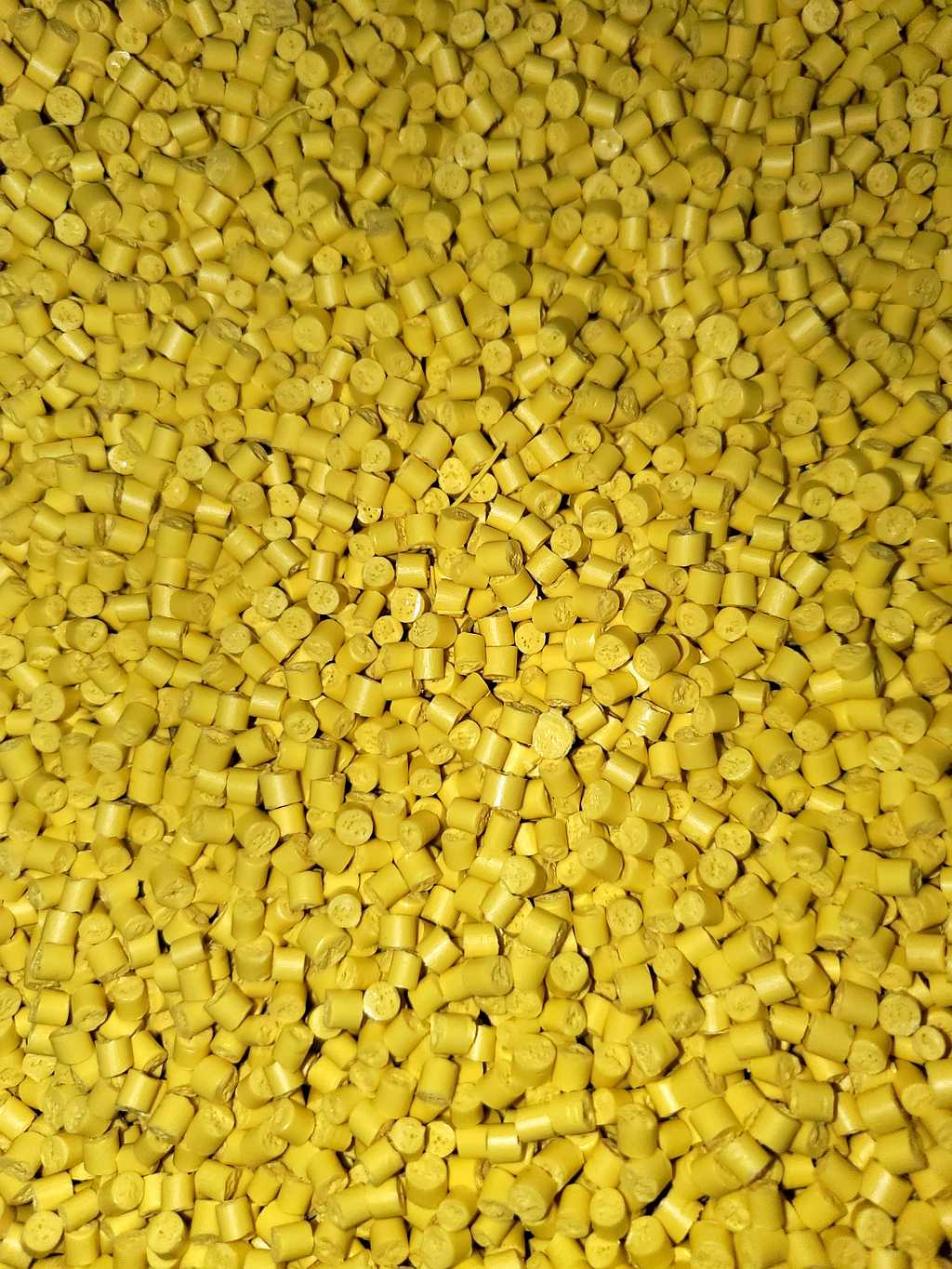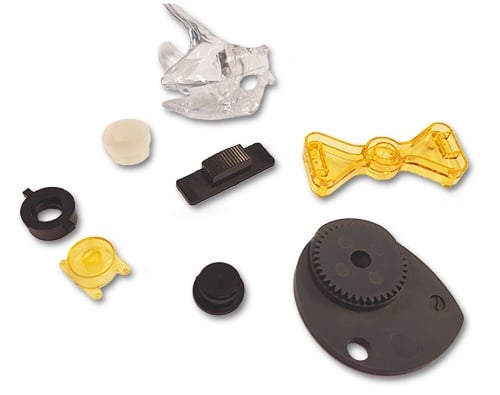Simple Design Tips for Injection-Molded Parts with Complex Features
Posted: May 16, 2022 by
Jon Gelston
Tags:
Electronic Enclosures,
Quality,
Waterproofing,
Assemblies
Mistakes To Avoid When Waterproofing Electronic Devices
Posted: April 19, 2022 by
Jon Gelston
Tags:
Electronic Enclosures,
Quality,
Waterproofing,
Assemblies
5 Things No One Will Tell You About Custom Injection Molding
Posted: April 5, 2022 by
Jon Gelston
Tags:
Plastic Injection Molding,
Plastic Injection Molding Tooling,
Plastic Injection Molding Defects,
Plastic Types,
Small Plastic Parts,
Choosing the right plastic injection molder
Essential Guide to Custom Injection Molding
Posted: March 15, 2022 by
Jon Gelston
Tags:
Plastic Injection Molding,
elastomeric overmolding,
insert molding,
Plastic Injection Molding Tooling,
Plastic Types,
Small Plastic Parts,
Choosing the right plastic injection molder
Creating Complex Parts With Overmolding and Insert Molding
Posted: February 25, 2022 by
Jon Gelston
Tags:
Plastic Injection Molding,
elastomeric overmolding,
insert molding,
Plastic Injection Molding Tooling,
Plastic Types,
Small Plastic Parts,
Choosing the right plastic injection molder
5 Major Advantages to Using Plastic Injection Molding for Manufactured Parts
Posted: February 4, 2022 by
Jon Gelston
Tags:
Plastic Injection Molding,
Plastic Types,
Small Plastic Parts
Insert Molding, Ultrasonic Welding, or Heat Staking: Which One Should I Use?
Posted: January 21, 2022 by
Jon Gelston
Tags:
Plastic Injection Molding,
Plastic Types,
Small Plastic Parts
10 Common Thermoplastics to Use for Injection Molding
Posted: January 4, 2022 by
Jon Gelston
Tags:
Plastic Injection Molding,
Plastic Types,
Small Plastic Parts,
Glass-Filled Nylon
Injection Molding 101: Plastic Injection Molding and Thermoplastics
Posted: December 9, 2021 by
Jon Gelston
Tags:
Plastic Injection Molding,
Plastic Injection Molding Tooling,
Choosing the right plastic injection molder
Thermoplastic injection molding is a common process used for the mass production of parts by using specialized machines. The technique works by injecting molten thermoplastic resin into a mold under high pressure, where it is held until cooled into solid form. If you have ever been curious to learn more about this important process, then you are in luck! Read through this guide and discover what is possible with thermoplastic injection molding.

 SINCE 1993 MADE IN USA
SINCE 1993 MADE IN USA 
